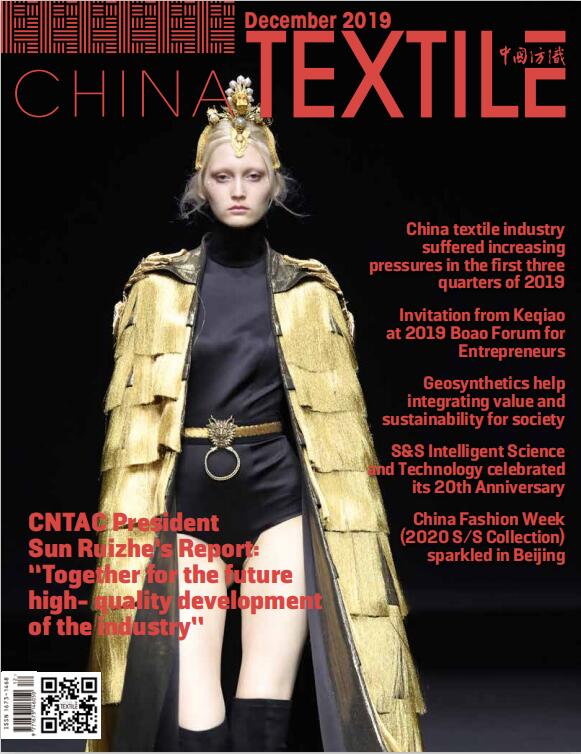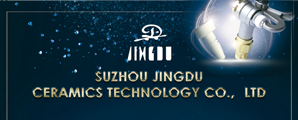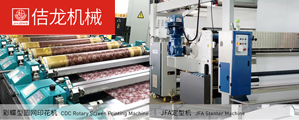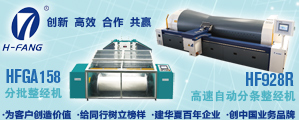2025 Gaoyang textile and apparel event boosts industry upgrading in Beijing-Tianjin-Hebei Region
Jun 06, 2025 | by Qiu Shuchen
On May 21st, the launch ceremony of the 2025 Textile and Clothing "Optimization of Supply and Upgrade " event were held in Gaoyang, Hebei Province. The theme of the event is to promote the coordinated development and supply-demand docking of the textile and clothing industry in the Beijing–Tianjin–Hebei Region. Representatives from the textile and clothing industries gathered in Gaoyang to discuss the coordinated development of regional industries. The Ministry of Industry and Information Technology, Industry Associations, and leaders of the three local governments jointly announced the official launch of the national industrial upgrading action.
Yang Liu, Director of the Textile Department of Consumer Goods Industry Department of the Ministry of Industry and Information Technology (referred to as "MIIT"), stated that this year, the MIIT organized the 2025 Textile and Clothing "Optimization of Supply and Upgrade" activity, planning to hold 20 activities around five aspects: strengthening industrial chain cooperation, production and sales service cooperation, Industry-University-Research Collaboration communication, regional cooperation, and international exchange business. She stated that since the Beijing-Tianjin-Hebei coordinated development strategy nearly a year ago, the three regions have formed a development pattern of highly concentrated innovation resources and continuously upgraded openness.
Yang Zhaohua, Vice President of China National Textile and Apparel Council, said that in the first quarter of 2025, the growth rate of the industrial added value of enterprises was 5.3%, an increase of 0.4 percentage points compared to the same period last year. Among the 15 major categories of textiles, 10 categories of products have achieved an increase in production volume. The domestic market overall shows moderate growth, with some fluctuations in online channels. In the first quarter, retail sales of clothing, shoes, hats, knitted and woven textiles increased by 3.4% year-on-year, accelerating by 0.9 percentage points compared to the same period last year. The online retail sales of clothing products decreased by 0.1% year-on-year. The export market is better than expected. Customs data shows that in the first quarter, China's textile and clothing exports amounted to 66.29 billion US dollars. Among them, the export value of textiles was 33.27 billion US dollars, an increase of 4% year-on-year. The export value of clothing was 33.01 billion US dollars, a decrease of 1.9% year-on-year.
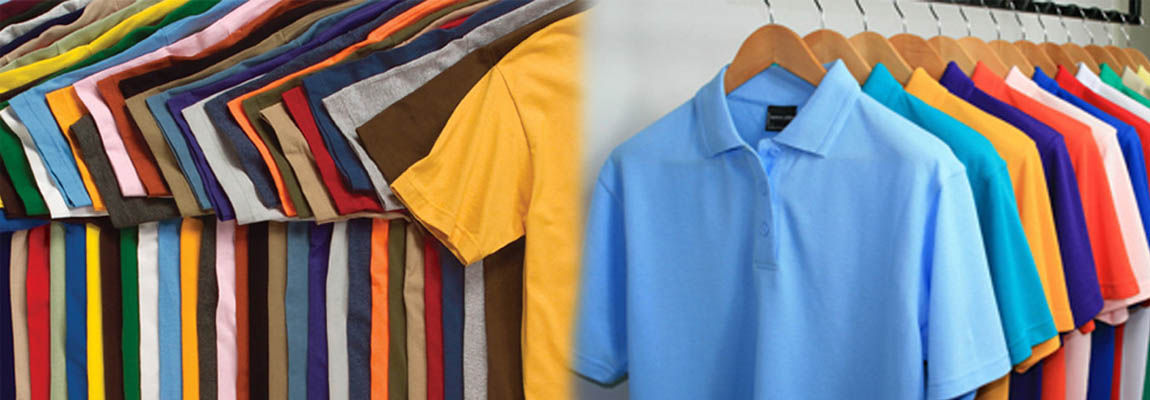
Representatives from enterprises and universities in the Beijing-Tianjin-Hebei Region shared their practical experience with the theme of "Intelligent Manufacturing Empowering Brand Upgrading".
Bi Cheng, the purchasing manager of Beijing Hongdu Group Co., Ltd., stated that the company will launch a virtual fashion show during China Fashion Week, using digital technology to integrate traditional Zhongshan suits with fashion designs. At present, the company is building a visual "1-on-1" intelligent customization system, which integrates 3D modeling and AI on the basis of retaining manual intangible cultural heritage skills, reducing the customization cycle by 30%. This year, the company will establish a digital museum for intangible cultural, which will use blockchain technology to store the century-old pattern.
Sun Liqiang, Deputy General Manager of Tianjin Diyang Intelligent Manufacturing Co., Ltd., stated that in order to adapt to the development of the times, the company deeply integrated the high-end manufacturing with new retail in 2022. Relying on the industrial chain of our three major production bases for spinning, weaving, and clothing manufacturing, we are deeply integrating the intangible cultural heritage craftsmanship of Jinpai with the concept of green intelligent manufacturing through innovative means such as developing a digital exhibition hall, continuously enhancing the brand's cultural identity and market competitiveness.
Tian Haitao, General Manager of Hebei Yongliang Textile Co., Ltd., stated that the company focuses on the intangible cultural heritage "Gaoyang Dyeing and Weaving Techniques" and achieve the integration of traditional craftsmanship and modern technology. The team deeply explores plant dyeing techniques and uses natural plants such as Gaoyangcao to extract pigments, developing an environmentally friendly and healthy dyeing and printing process. The formaldehyde of the product is 50% lower than the national standard.
Gong Jixian, Vice Dean of the School of Textile Science and Engineering at Tiangong University, stated that the college relies on high-end research equipment worth 400 million yuan and a team of over 100 experts to build an innovation system. The faculty team of the college covers the entire industry chain, such as textile materials, chemical control, intelligent equipment. The college is deepening its' Five Ones' project cooperation with the Gaoyang Textile Industry Cluster, and plans to jointly build a provincial-level technology innovation center, focusing on breakthroughs in five technologies such as bio-based fibers and waterless printing and dyeing, to promote the improvement of the regional textile industry.
As a national textile industry hub, Gaoyang in Hebei Province has achieved a textile output value of over 74 billion in 2024, accounting for more than 60% of the county's total industrial output value, and a towel product market share of over one-third in the country. Gaoyang has more than 5200 textile enterprises with 120,000 employees, forming a full industry chain service system covering design, quality testing, and logistics distribution. Sun Haijian, Deputy County Mayor of Gaoyang County, stated that through the construction of the digital service platform, 106 large-scale enterprises in the county have achieved full coverage of ERP systems, and 3 benchmark factories have provided collaborative services to 265 upstream and downstream enterprises. The annual transaction volume of E-commerce has exceeded 5 billion. Gaoyang is accelerating the construction of a textile industry cluster with the dual drive of "Digital transformation+Green upgrading", and creating a new benchmark for high-quality development.


